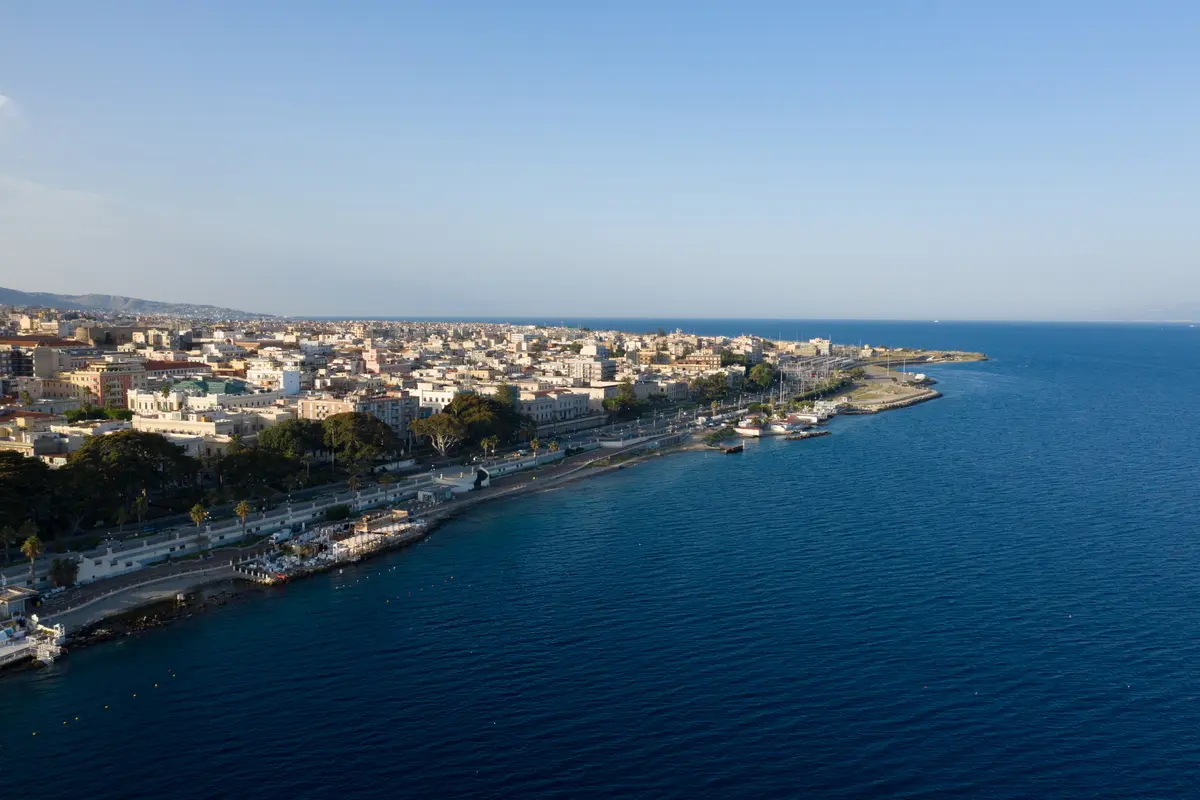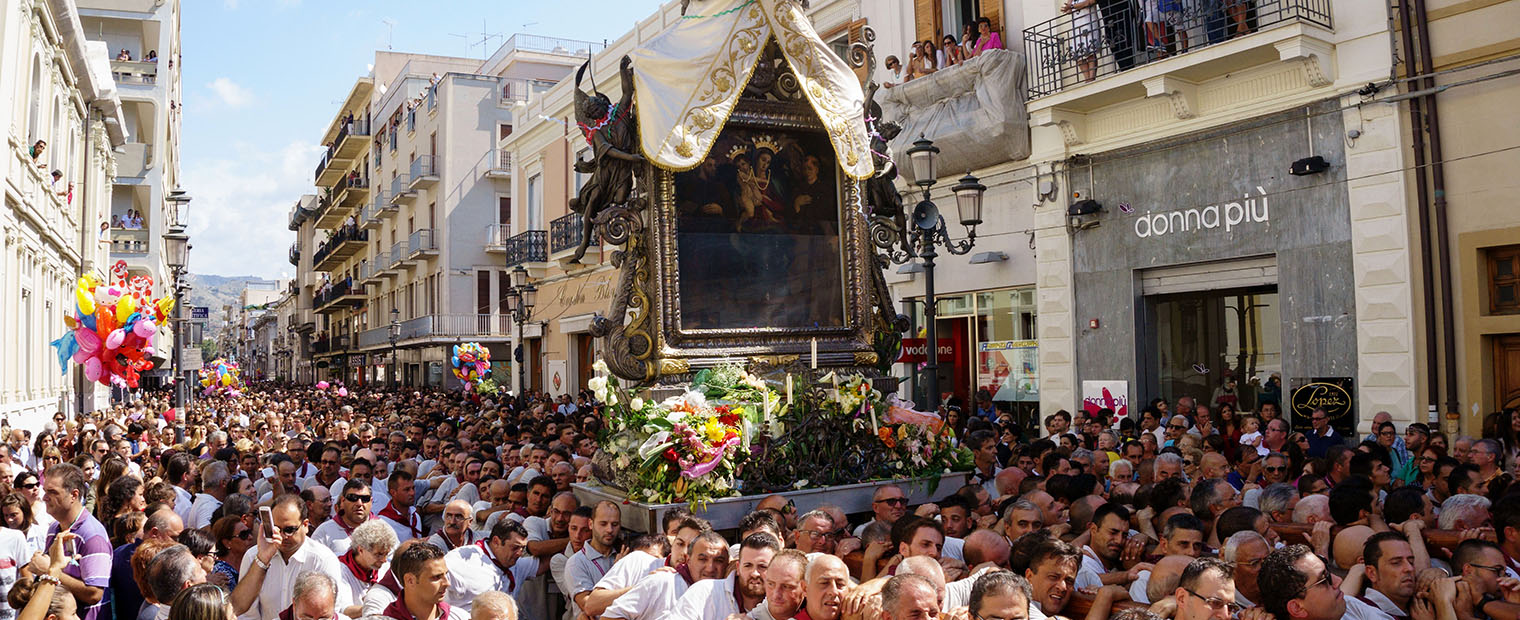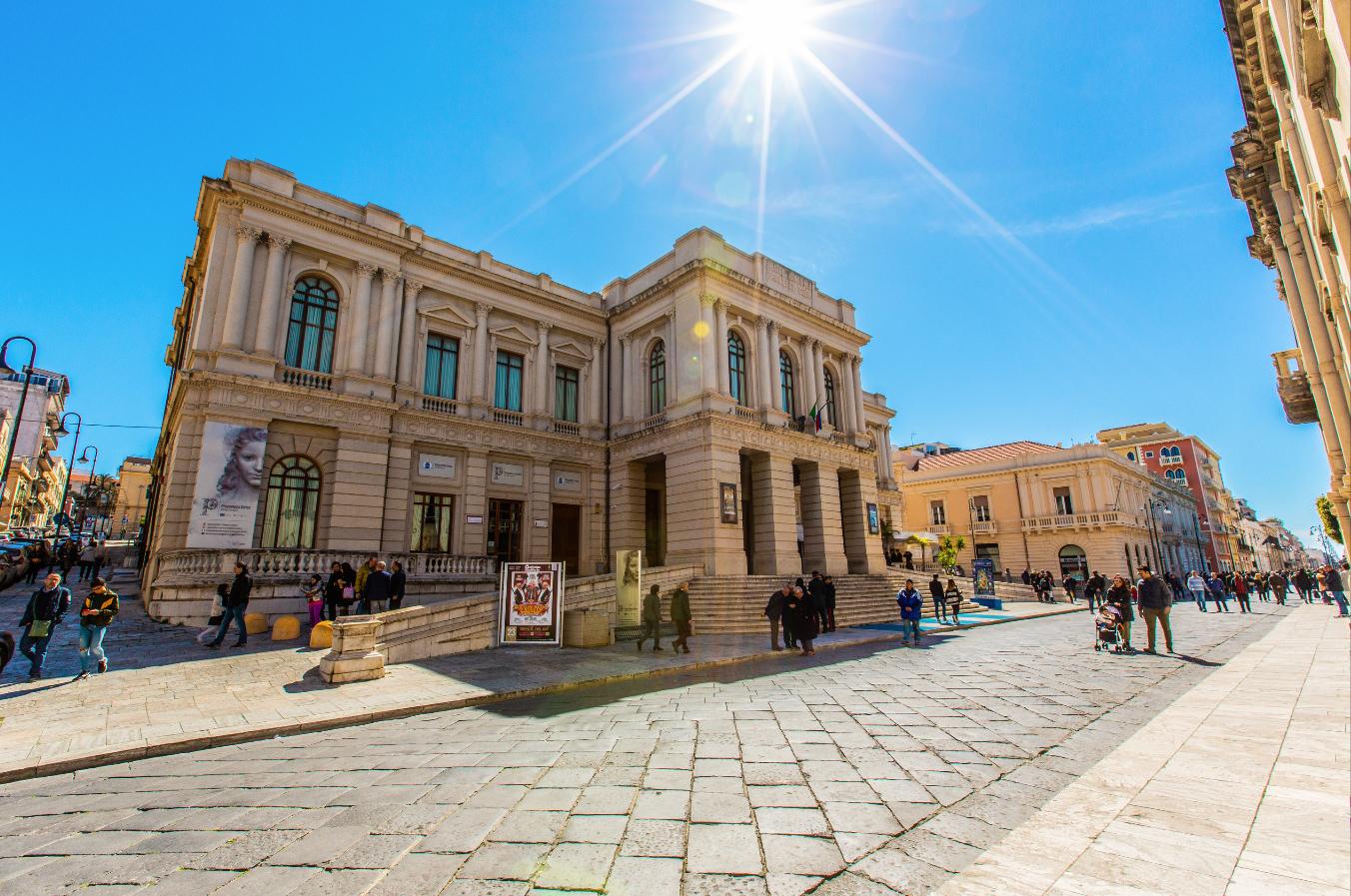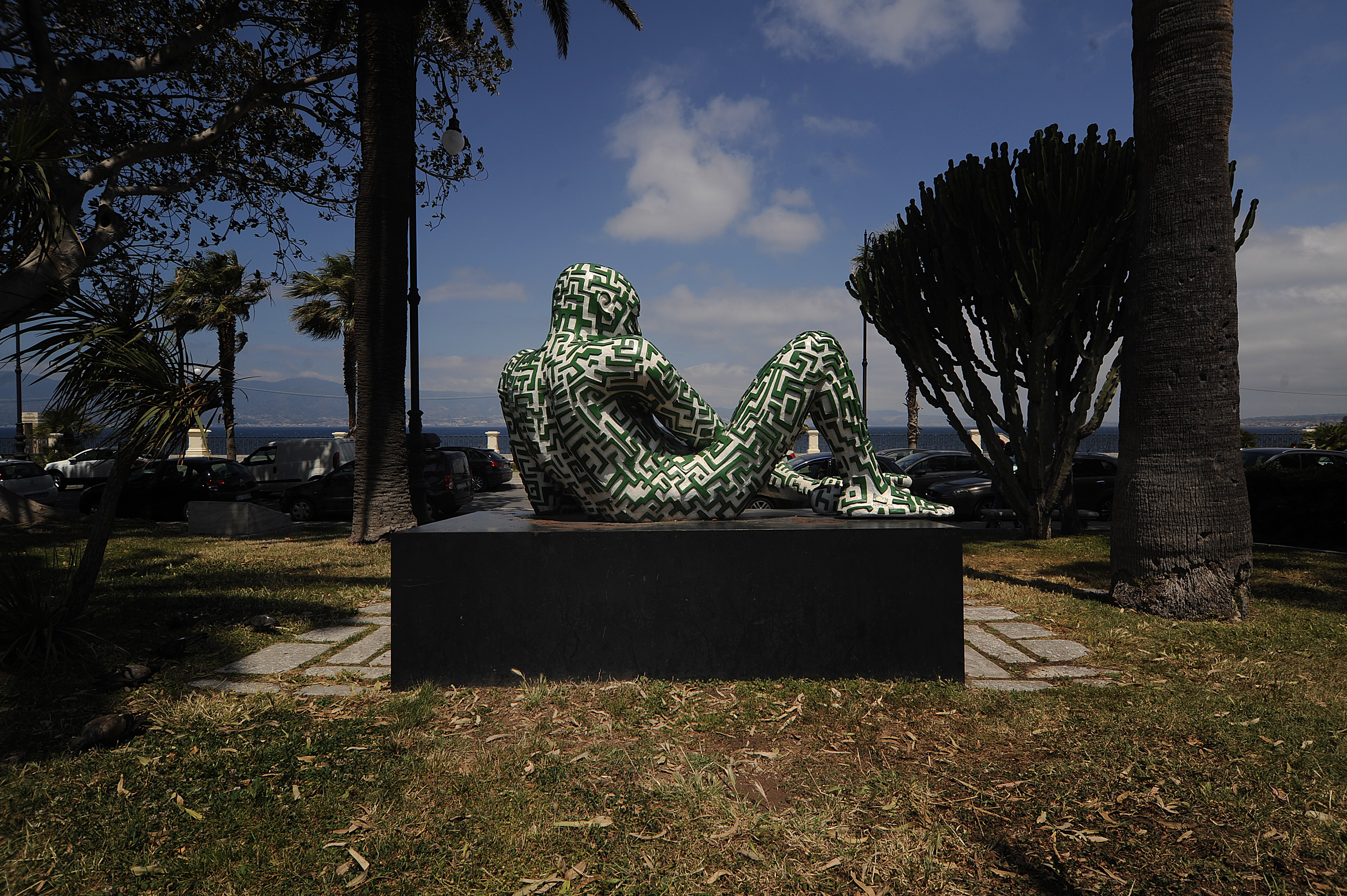Reggio Calabria and Our Lady of Consolation
The Feast of Our Lady of Consolation on the second Saturday of September.

Tradition and folklore
Regione Calabria
To the shout of "Cu terremoti, cu guèrri e cu paci, sta festa si fici, sta festa si faci!" the faithful of the city of Reggio Calabria have carried their beloved Madonna of Consolation in procession every year on the second Saturday of September, since far-off 1636.
This is the so-called "Festa di Madonna", the most eagerly awaited religious event in the city, which combines the sacred and the profane, traditions, devotion and typical cuisine in a great embrace of the people of Reggio to their patron saint and to the visitors who flock from Calabria and nearby Sicily to witness the spectacle of the "Vara".
The people of Reggio Calabria and the "Feast of Our Lady"
The Feast of Our Lady of Consolation, familiarly known as the "Feast of Our Lady", is the most heartfelt religious festivity for the people of Reggio Calabria, organised for an entire year with devotion and passion.
It is celebrated strictly on the second Saturday of September, for the duration of four days full of ceremonies, masses, songs, dances and typical street food festivals in honour of Mary, Our Lady of Consolation, which find their religious climax in the sumptuous Tuesday procession by the "Bearers of the Vara", the heavy painting depicting her, which ends with the evocative "volata", and in the pagan ritual of the fireworks display that illuminates the waters of the Straits and the Falcomatà Seafront.

It all originated in the 16th century, when a terrible plague hit the city of Reggio Calabria hard.
It was then that the Virgin appeared to a Capuchin friar contemplating before the painting of Our Lady of Consolation still carried in procession, a work by Niccolò Andrea Capriolo of Reggio in 1547, to announce the end of the scourge. A collective pilgrimage followed to the Basilica of the Hermitage, located in the upper part of the city, where the precious Marian effigy is still kept today.
Beginning in 1657, the city of Reggio Calabria committed itself with an official act to offer a votive candle to Our Lady of Consolation every year, who was declared patron saint of the city in 1752.
The feast is preceded by a novena. During the ‘’Feast of Our Lady‘’, the painting is carried in procession on a heavy car on the shoulders (the ‘Vara’) by its ‘bearers', the brethren of the various city congregations. The ‘Vara’ is 5 metres high, weighs over 12 quintals and follows a route that starts from the Hermitage and reaches the central Cathedral of Reggio, for a walking distance of about 3.5 km, the last stretch of which is consumed in the evocative ‘volata’.
What to see and what to eat during the festival
What better occasion than the "Feast of Our Lady" to visit the city of Reggio Calabria and discover its most authentic traditions?
Four intense days allow you to visit the must-see places in the "City on the Strait", starting with the National Archaeological Museum, home to the Bronze Statues of Riace and many other precious finds from the Magna Graecia and beyond. Not to be missed are the Aragonese Castle, now a venue for events and temporary exhibitions, and the "Francesco Cilea" Theatre, which houses the precious Civic Art Gallery.

A stroll along Corso Garibaldi is enough to grasp the city's Art Nouveau soul, redesigned in the new transalpine style following a series of disastrous earthquakes, in particular that of 1908, through the façades of the beautiful aristocratic palaces.
Also on the corso is the Villa Comunale, a cool, Mediterranean oasis, which, together with the majestic Ficus strangulatori planted on the parallel Via Marina and enhanced by the proximity of the equally voluminous sculptures by the artist Rabarama, offers a vegetal cross-section of these latitudes.

Finally, staying on the gastronomic theme, in Reggio it is not "Feast of Our Lady" without the unfailing sandwich with satìzzu, cìpudda e pipi (white sausage, onion and peppers), in the typical variant with frìttuli (pork cracklings), a tribute to the local processing of meat and sausages, treated with the addition of fennel seeds.
https://calabriastraordinaria.it/en/news/reggio-calabria-and-our-lady-of-consolation






